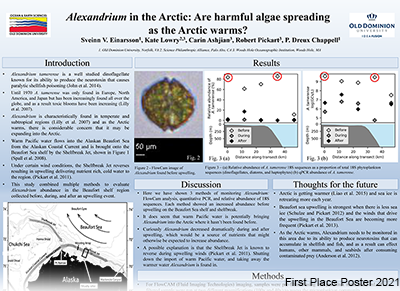College
College of Health Sciences
Department
Physical Therapy & Athletic Training
Program
Kinesiology and Rehabilitation
Publication Date
4-2021
DOI
10.25883/9q4t-jt47
Abstract
A spine model can be used to predict post-spinal fusion motion needed to perform physical activities in individuals with scoliosis. Full body lumbar spine (FBLS) model (Raabi et al., 2016) allows for modeling lumbar spine and pelvis movement and was validated for jogging. However, like other existing adult spine models, FBLS model does not allow for a motion providing thoracic and spine. Purpose: To adapt the FBLS model for simulating thoracic, lumbar and pelvis motion during trunk rotation in all 3 planes of motion. Methods: Since T12-L1 in FBLS model is designed as a dependent joint (axial rotation analogous to L5-S1), the constraints between torso and lumbar spine were removed and modified to allow three-dimensional motion for T12-L1. Inverse kinematics (IK) were calculated for the adjusted model. Range of motion (ROM; max-min) at T12-L1 and L5-S1 joints were compared to the experimental data of 3 healthy adults during maximal flexion-extension, lateral bending, and axial rotation. Results: Experimental data showed 64.4±3.8° and 30.0±7.2° of flexion-extension, 40.8°±4° and 10.9°±4.7° of lateral bending, and 29.7°±3.6° and 13.9°±1.1° of axial rotation for T12-L1 and L5-S1, respectively. While IK result revealed 2.4°±0.1 and 16.3°±2.0 of flexion-extension, 7.9°±0.7 and 1.5°±0.4° of lateral bending, and 32.7°±0.6° and 12.9°±4° of axial rotation for T12-L1 and L5-S1, respectively. T12-L1 joint motion did not corroborate in sagittal and frontal planes where a disconnection between thoracic and lumbar segments was noted. Subsequently, experimental data was significantly greater than IK for sagittal and frontal planes from FBLS and matched best for transverse plane for both joints. Conclusion: The existing FBLS model shows reasonable promise to be adapted for different ROM tasks in transverse plane motion to accurately model trunk motions greater than those expected in jogging.
Disciplines
Biomechanics | Exercise Physiology | Exercise Science | Musculoskeletal Diseases
Files
Download Full Text (2.0 MB)
Recommended Citation
Moeini, Maryam; Higgins, Ruth M.; Bennett, Hunter; and Ringleb, Stacie, "Trunk Kinematics Using Musculoskeletal Modeling During Range of Motion Tasks" (2021). College of Health Sciences Posters. 11.
https://digitalcommons.odu.edu/gradposters2021_healthsciences/11

Included in
Biomechanics Commons, Exercise Physiology Commons, Exercise Science Commons, Musculoskeletal Diseases Commons


